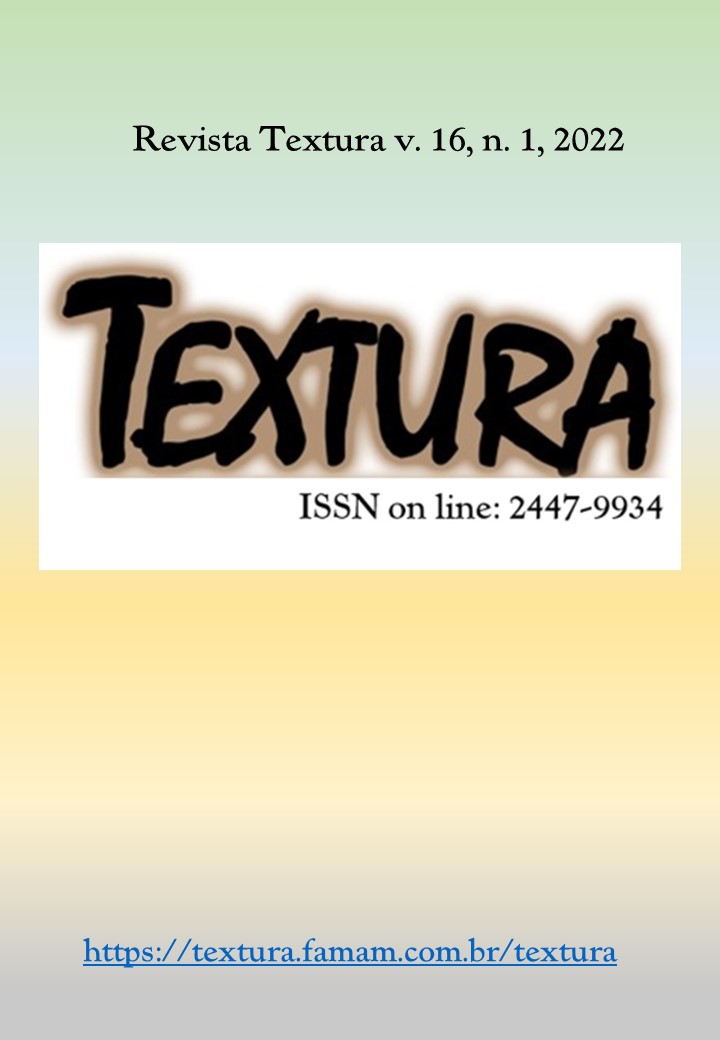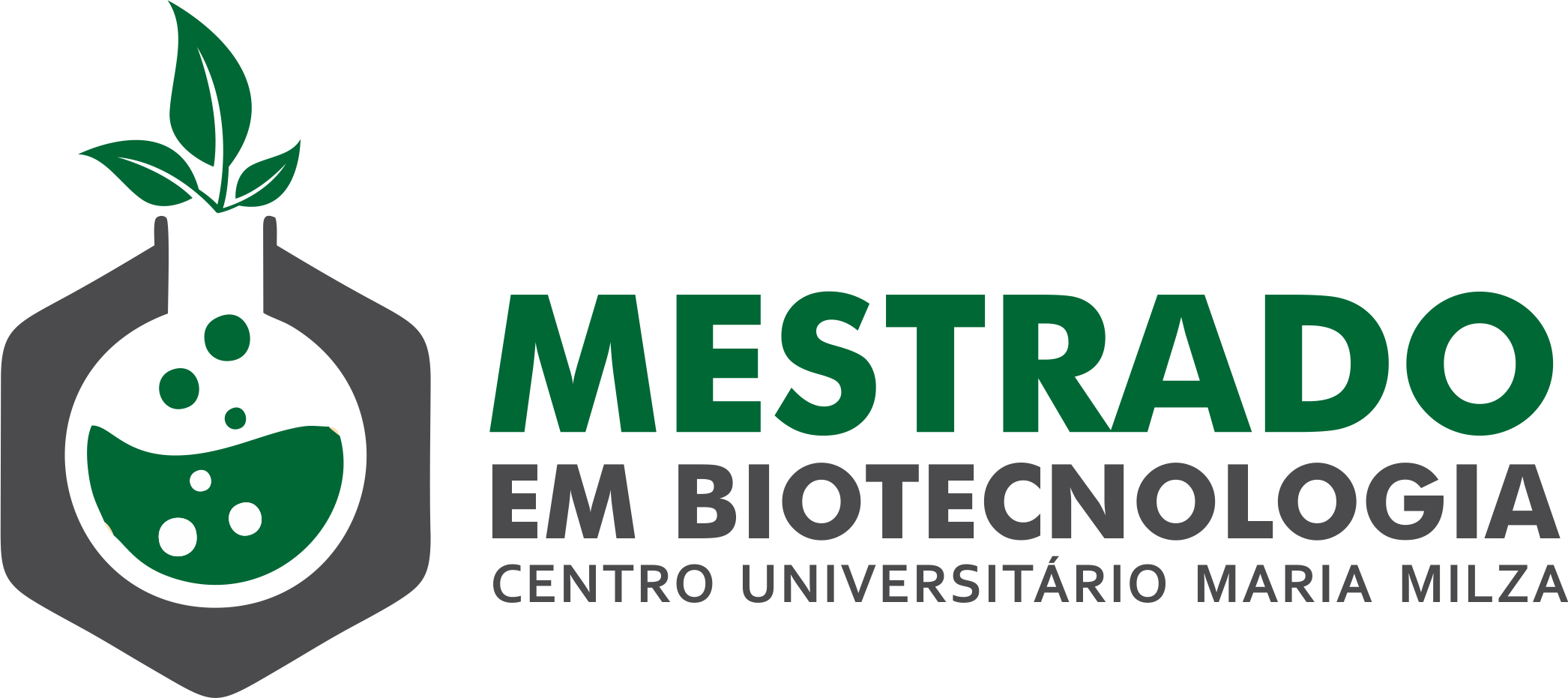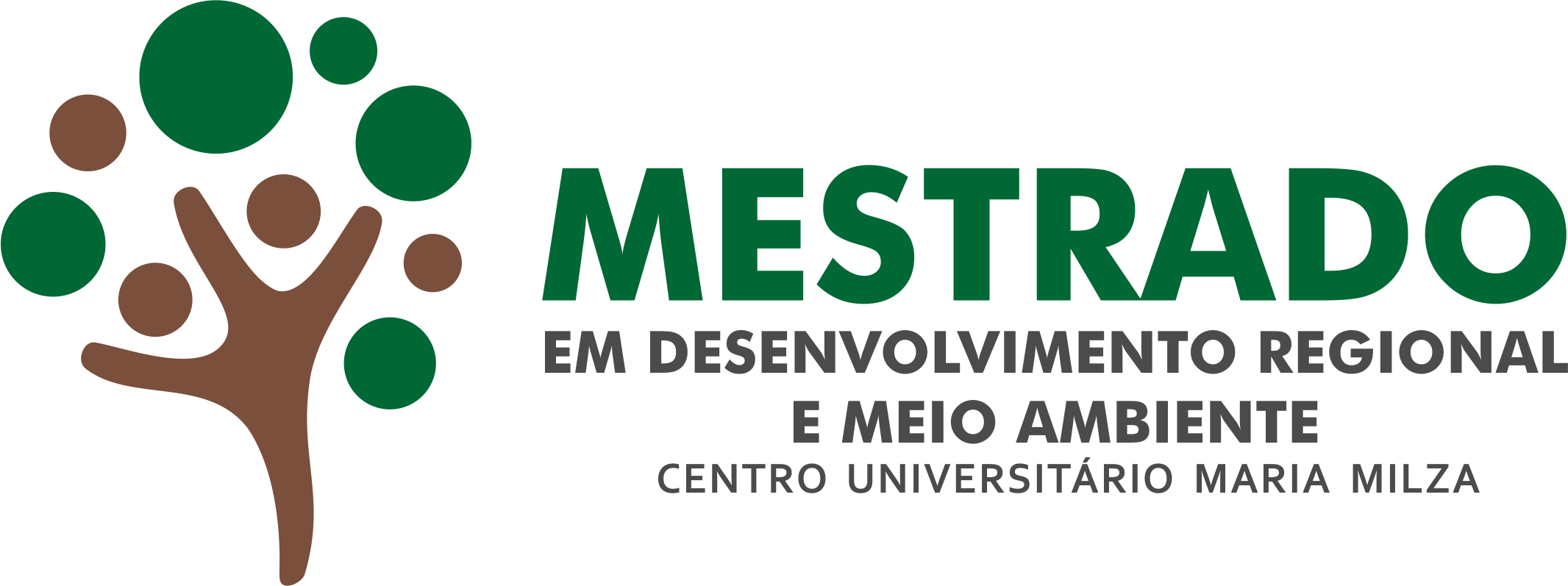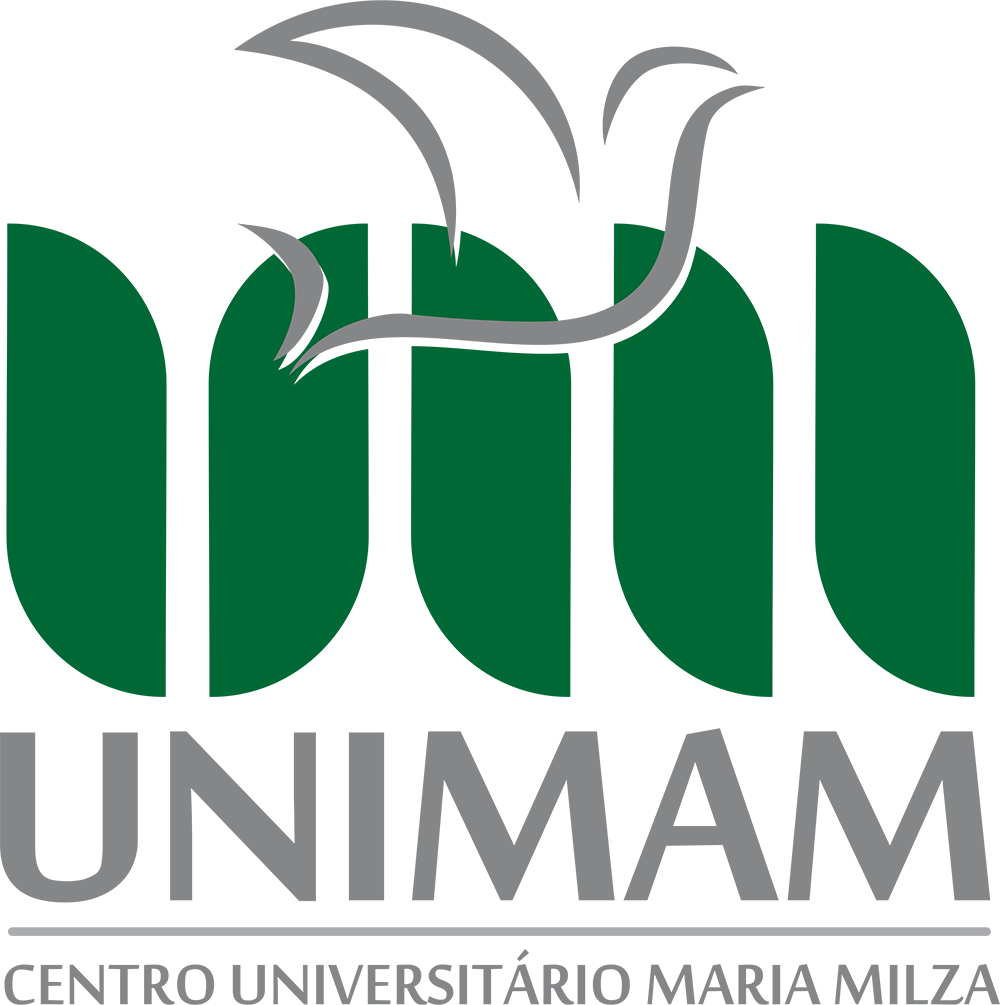Qualidade de vida do cuidador primário da criança com alteração neuromotora atendida no centro especializado de reabilitação
DOI:
https://doi.org/10.22479/texturav16n1p35-52Parole chiave:
desordens neuromotoras, paralisia cerebral, criança, saúde do cuidadorAbstract
Atualmente os debates sobre a qualidade de vida têm sido crescentes. Acredita-se que ao cuidar de uma criança com alterações neuromotoras, o cuidador tenha seu tempo livre reduzido, tornando-se mais propenso a desenvolver problemas de saúde como complicações físicas, distúrbios da saúde mental e bem-estar, em decorrência da sobrecarga dos cuidados. O objetivo geral do estudo foi avaliar a qualidade de vida do cuidador primário da criança com alteração neuromotora, atendida em um Centro Especializado de Reabilitação no Recôncavo Baiano. A pesquisa é caracterizada como transversal, descritiva, com abordagem quantitativa. Dados das crianças foram coletados em prontuários e dos cuidadores através de questionários (socioeconômicos e o SF-36 adaptado) online (Google Docs), encaminhados através do aplicativo de mensagem. Observou-se que há no cuidador maior comprometimento dos aspectos físicos quando referenciado a dor, seja influenciando nos aspectos pessoais, sociais e/ou lazer, que podem estar refletindo na dependência e limitações apresentadas pela criança, às demandas nos cuidados e ao baixo nível econômico. O estudo possibilitou a ampliação do olhar para além do paciente, uma vez que o bem estar do cuidador pode interferir nos cuidados e no processo de reabilitação da criança por ele assistida.
Downloads
Downloads
Pubblicato
Come citare
Fascicolo
Sezione
Licenza
Os autores concedem direitos autorais sobre manuscrito aprovado com exclusividade de publicação para Revista Textura em formato eletrônico, incluindo imagens e conteúdo para divulgação do artigo, inclusive nas redes sociais da Revista Textura.











